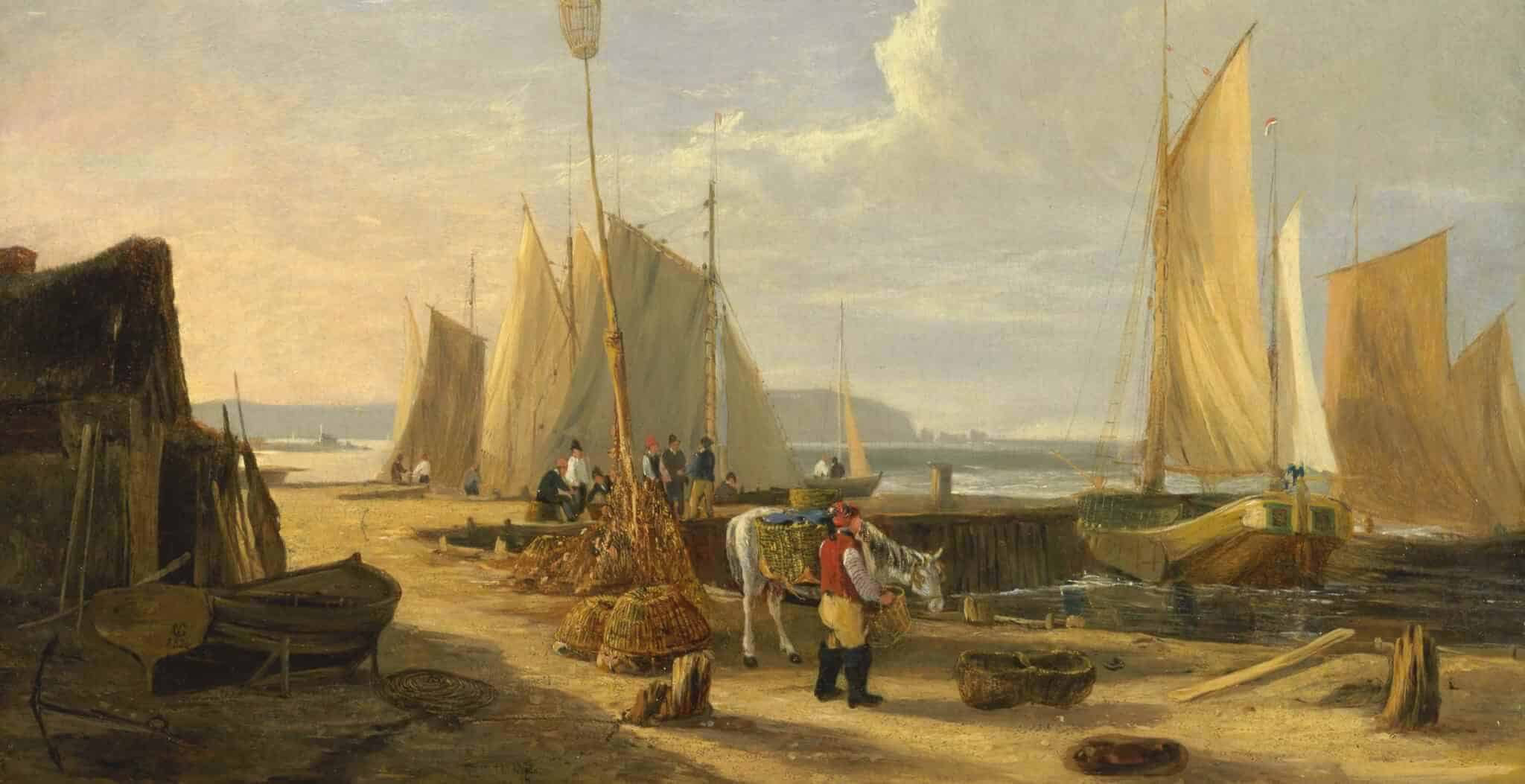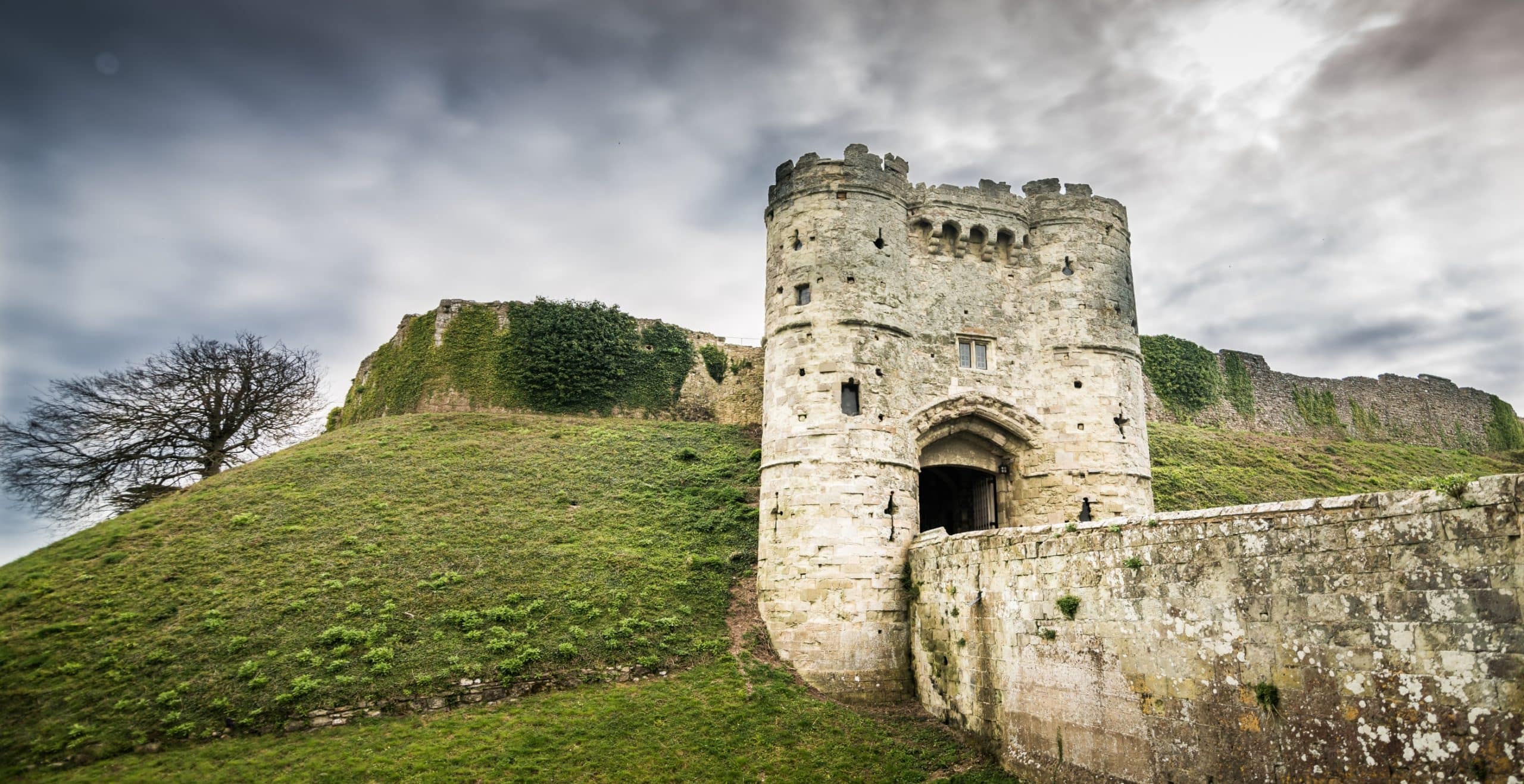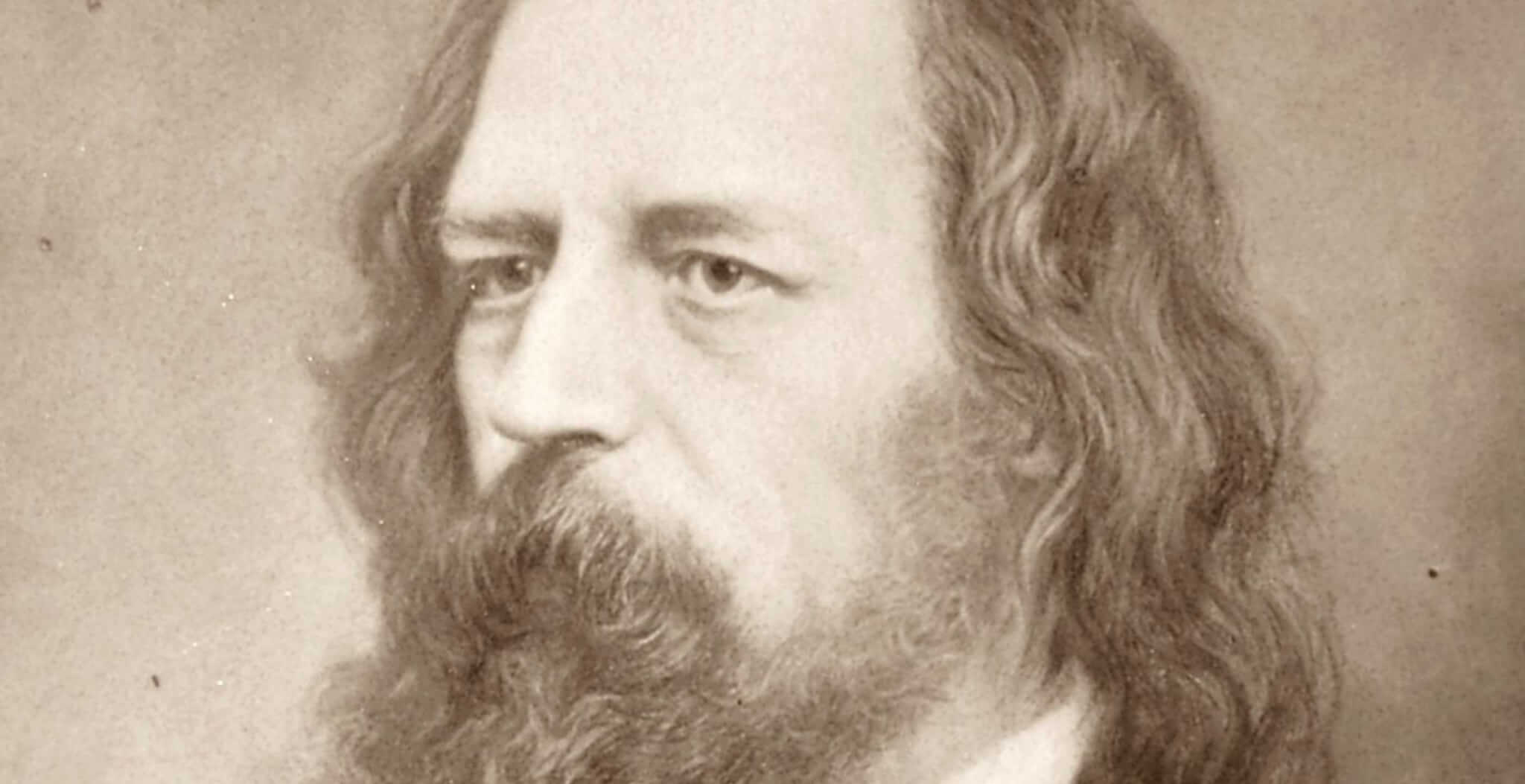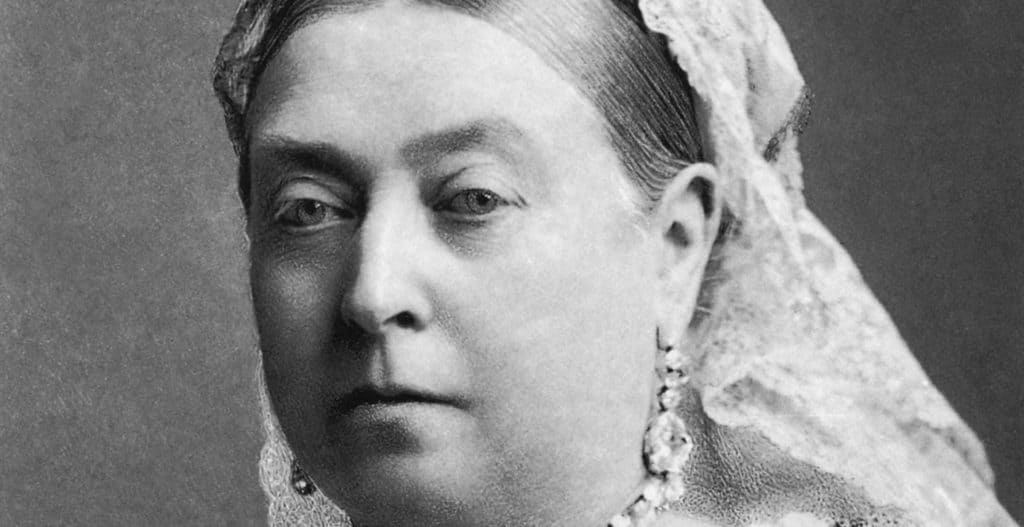Facts about the Isle of Wight
![]() Population: 138,000
Population: 138,000 ![]() Famous for: Once being an independent kingdom in the 15th century, lovely beaches, dinosaur fossils
Famous for: Once being an independent kingdom in the 15th century, lovely beaches, dinosaur fossils ![]() Distance from London: 2 hours
Distance from London: 2 hours ![]() Local delicacies: Rabbit casseroles, fish and chips
Local delicacies: Rabbit casseroles, fish and chips ![]() Airports: None (close to Southampton though)
Airports: None (close to Southampton though) ![]() County town: Newport
County town: Newport ![]() Nearby Counties: Hampshire
Nearby Counties: Hampshire
Welcome to the Isle of Wight, situated just 4 miles off the Hampshire coast and England’s largest island. It is also England’s smallest county – when the tide is in! Rutland has the distinction of being the smallest county when the tide is out.
The Romans were here; they called it ‘Vectis’. Brading Roman Villa near Sandown was built in the 1st century AD and is one of the finest Roman sites in the UK, with several fine mosaics to admire.
After the Romans the island was briefly ruled by the Jutes, then the Anglo-Saxons, ravaged by the Danes and then conquered by the Normans. The Normans established a motte-and-bailey castle at Carisbroke Castle, the place where King Charles I was imprisoned for fourteen months before his execution in 1649.
The Isle of Wight was part of Hampshire until 1890 when it became a county in its own right. Queen Victoria was very fond of the island and her summer home Osbourne House is open to visitors today. Her patronage made the island a popular tourist destination and Victorian seaside resorts such as Ventnor, Sandown and Ryde sprang up to cater to the large number of visitors. Alfred, Lord Tennyson was a frequent visitor and Charles Dickens wrote much of 'David Copperfield' here.
The Needles are one of the most photographed sights in the Isle of Wight. The row of 3 chalk stacks rise from the sea near Alum Bay, famous for its multi-coloured sand cliffs. And if you are keen on dinosaurs and fossils, this is the place for you. The Isle of Wight recently earned itself the title of 'Dinosaur Island' as one of Europe's finest sites for dinosaur remains.
So what's the best way to get here? The ferries run from Portsmouth to Fishbourne, Southampton to East Cowes and Lymington to Yarmouth, and there is also a foot passenger service from Southsea (Portsmouth) to Ryde by hovercraft.





